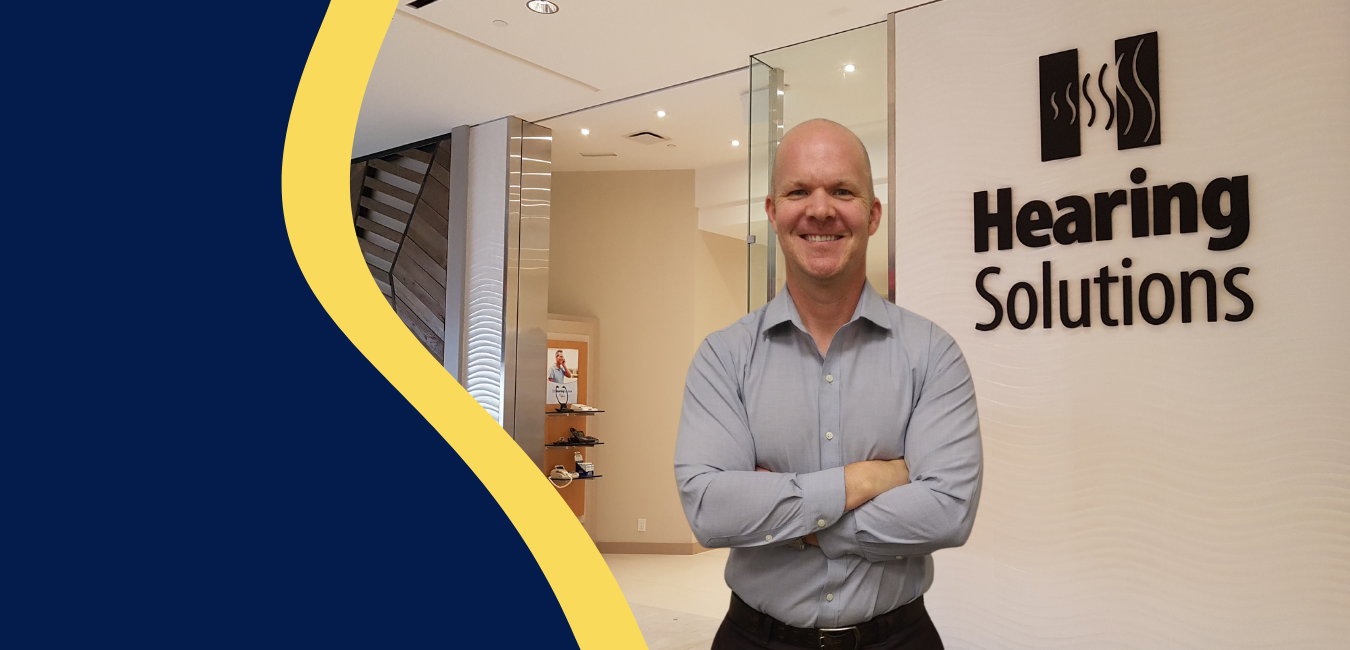WHO Hearing Loss Stats
The World Health Organization (WHO) describes disabling hearing loss as any hearing loss greater than 40 decibels (dB). For children the threshold for disabling hearing loss is 30dB.
Deafness is defined as people who have profound hearing loss resulting in little to no hearing.
Most adults over the age of 65 who have disabling hearing loss live in South Asia, Asia Pacific and Sub-Saharan Africa. The same is true for children.
The WHO goes on to state that hearing loss causes can be divided into congenital and acquired causes.
Congenital causes of hearing loss include:
- Infections like rubella and syphilis that are present during pregnancy
- Low birth weight
- Inappropriate use of particular drugs during pregnancy
- Severe jaundice
Acquired causes of hearing loss include:
- Infectious diseases, including: measles, meningitis, mumps
- Chronic ear infections
- Aging (presbycusis)
- Excessive and/or prolonged loud noise
The impact of hearing loss and deafness can result in things like delayed language and scholastic development in children. But for children in developing countries it could mean they don’t get the opportunity to go to school at all, while adults with hearing loss are unemployed at much higher rates than national averages. According to the WHO these adults tend to work in “lower grades of employment.”
The WHO goes on to say that half of all cases of hearing loss can be prevented.
Prevention strategies include:
- Treating other illnesses or preventing them with immunization (rubella, mumps, meningitis)
- Screening women for infections like syphilis during pregnancy
- Avoiding the use of particular drugs during pregnancy, unless prescribed and monitored by a physician
- Reducing your exposure to loud noises with the use of things like earplugs
- Screening children for otitis media, which is a collection of fluid in the ear
Although prevention is a good strategy against acquired hearing loss, backing this up with early detection and intervention also plays an important role in minimizing the impact on the daily lives of people with hearing loss.
Effective treatment can include hearing aids, cochlear implants and other types of assistive listening devices. Other means of facilitating communication for people with hearing loss include sign language, lip reading and speech therapy.
Currently the production of hearing aids worldwide meets only 10% of the global need. In developing countries the production of hearing aids only meets 3% of those nations’ needs.
The WHO helps its member states with the development of hearing healthcare programmes that will be a part of these respective nations’ primary healthcare system. Their assistance includes: technical support in programme development and implementation, technical resources and guidance with training healthcare workers.










